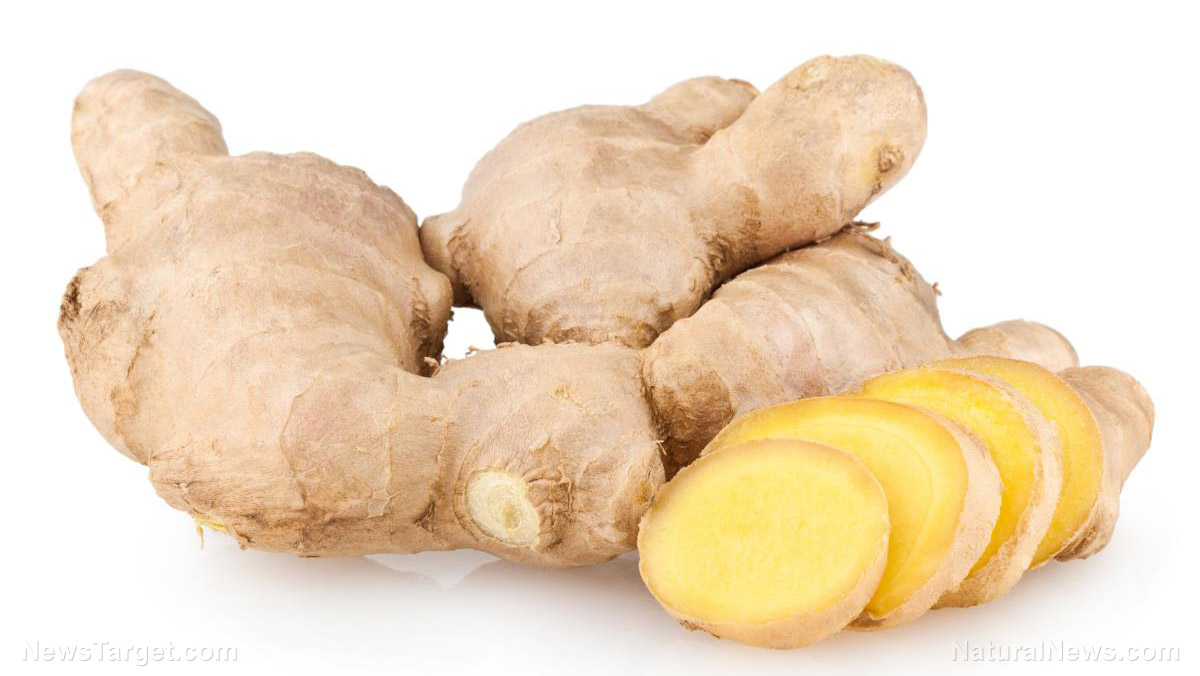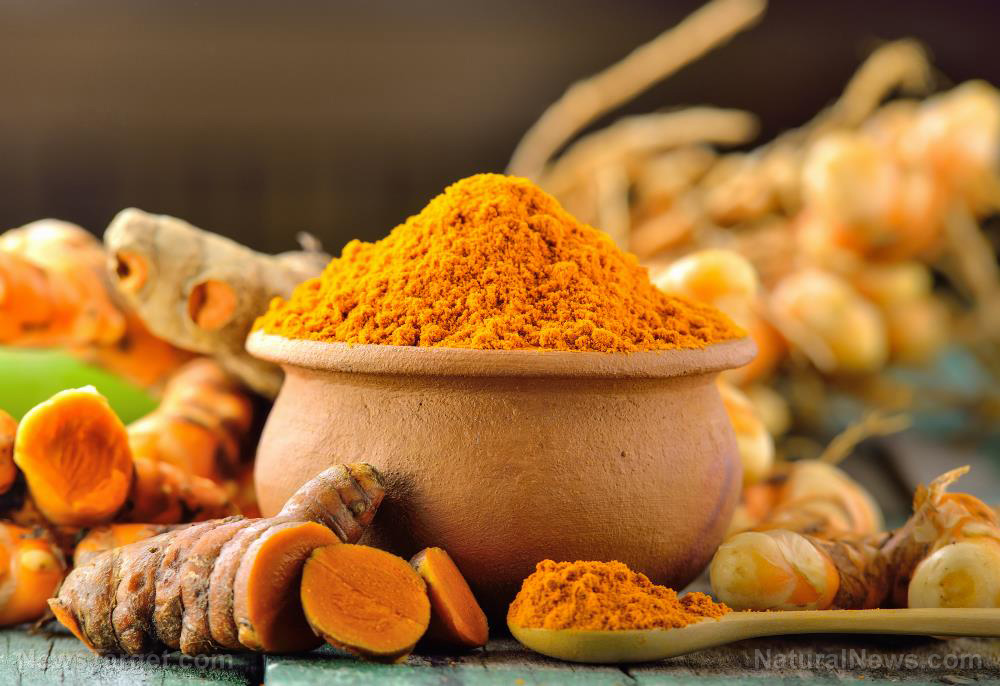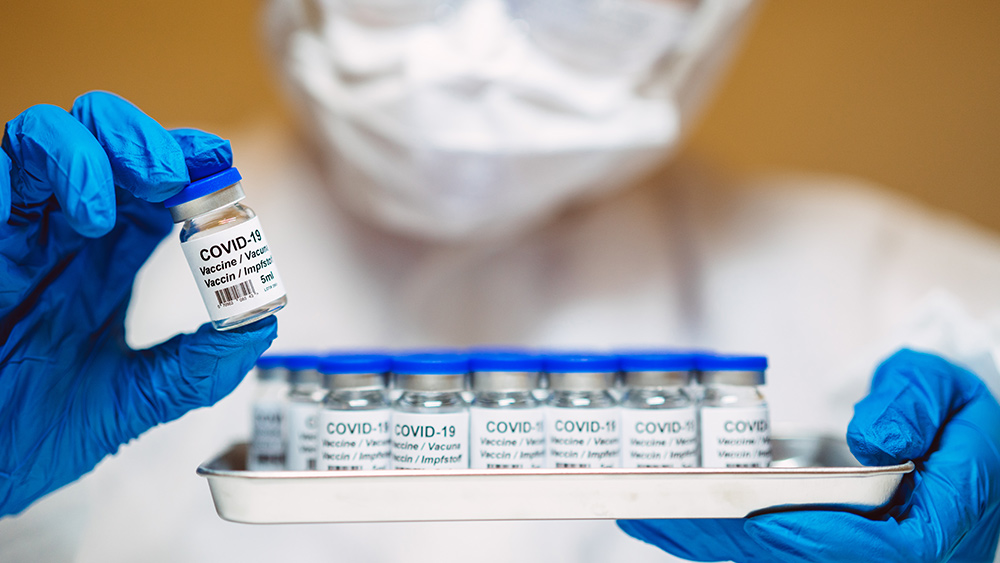 Parler
Parler Gab
Gab
- Fiber stabilizes blood sugar by slowing carb absorption, reducing spikes and crashes.
- Soluble fiber binds to cholesterol, aiding its removal from the body.
- Emerging research suggests fiber may detoxify microplastics and environmental toxins.
- Prebiotic fibers fuel beneficial gut bacteria, reducing inflammation and strengthening the gut lining.
- A fiber-rich diet is linked to deeper sleep, healthier gums, and enhanced appetite regulation.
- Most Americans fall short of daily fiber goals, but strategic diet swaps or supplements can bridge the gap.
The unsung blood sugar guardian
Imagine eating a slice of bread and watching your energy levels skyrocket — only to crash an hour later. Fiber steps in like a skilled conductor, slowing the orchestra of digestion so carbohydrates release their sugars steadily into the bloodstream. “Fiber helps prevent those sharp rises and falls,” explains Molly Knudsen, a registered dietitian. This balancing act isn’t just about avoiding midday slumps; consistent blood sugar levels reduce long-term risks of insulin resistance and Type 2 diabetes. Foods like oats, lentils, and avocados, rich in viscous soluble fiber, act as natural buffers, weaving a safety net for metabolic health.From cholesterol scrubber to toxin bouncer
Soluble fiber’s gelling action in the gut does more than aid digestion — it’s a molecular sponge. As it gels, it latches onto bile acids, which the liver produces using cholesterol. When fiber escorts these acids out of the body, the liver pulls more cholesterol from the bloodstream to replenish them, effectively lowering LDL levels. But fiber’s detoxifying talents don’t stop there. Preliminary studies hint at its ability to bind with microplastics — those pervasive invaders from plastic bottles and takeout containers — and usher them out before they infiltrate tissues. “It’s like giving your gut a daily deep clean,” Knudsen says. While research is young, the implications for environmental health are staggering.Gut bacteria’s favorite feast — and why it matters
The gut microbiome isn’t just a passive ecosystem; it’s a living, pulsing universe that communicates with the brain, immune system, and beyond. Fiber is its currency. When beneficial bacteria ferment prebiotic fibers, they produce short-chain fatty acids like butyrate—a compound so vital it nourishes the gut lining, tamps down inflammation, and even crosses the blood-brain barrier to influence mood and sleep. “Fermentation byproducts are like love letters to your body,” Knudsen notes. The ripple effects are profound: studies link high-fiber diets to improved sleep quality, likely via the gut-brain axis. Meanwhile, fiber’s role in stimulating GLP-1 — a hormone that curbs cravings — adds another layer to its appetite-regulating prowess.The fiber gap and how to close it
Despite its benefits, hitting the daily 25–38 gram benchmark requires intentionality. A cup of black beans delivers 16 grams, and an avocado packs 13.5, but modern diets heavy in processed foods leave little room for these fiber giants. For those struggling, a high-quality supplement—think psyllium husk or guar bean extracts—can fill the void. “Look for around six grams per serving,” Knudsen advises. But whole foods offer synergy no pill can match; the antioxidants in berries or the potassium in Brussels sprouts work alongside fiber for compounded benefits. The verdict is clear: fiber is more than roughage — it’s a lifestyle upgrade wrapped in humble plant strands. Whether through a breakfast bowl of quinoa and berries or a nightly supplement, weaving more fiber into daily life isn’t just a choice for gut health; it’s a vote for long-term vitality. Sources include: MindBodyGreen.com Science.NaturalNews.com Pubmed.gov“Sinus Survival” sheds light on the crucial role of sinuses in our health
By Kevin Hughes // Share
Groundbreaking study uncovers nutrient gaps in Alzheimer’s brains
By Willow Tohi // Share
How dates control blood sugar, improve bone health and make you look younger
By Olivia Cook // Share
Ginger: The ancient root of wellness and flavor
By Ava Grace // Share
Curcumin effectively reduces pain in osteoarthritis patients
By News Editors // Share
Dr. Susan Blum unveils a revolutionary 3-step guide to natural recovery in “Healing Arthritis”
By Belle Carter // Share
Governments continue to obscure COVID-19 vaccine data amid rising concerns over excess deaths
By patricklewis // Share
Tech giant Microsoft backs EXTINCTION with its support of carbon capture programs
By ramontomeydw // Share
Germany to resume arms exports to Israel despite repeated ceasefire violations
By isabelle // Share










